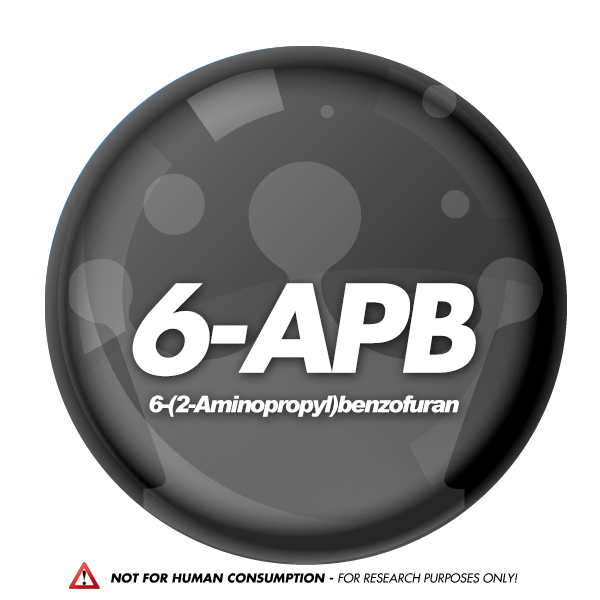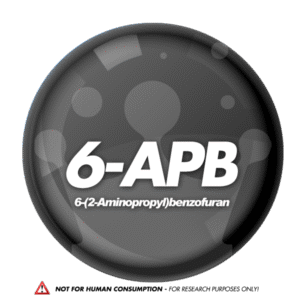what is 6apb?
6-APB, also known as 6-(2-aminopropyl)benzofuran, is a synthetic compound belonging to the substituted benzofuran and phenethylamine classes. It is structurally related to compounds like MDMA (ecstasy) and shares similarities in its chemical structure and effects.
6-APB acts primarily as a serotonin-norepinephrine-dopamine releasing agent (SNDRA), meaning it increases the levels of serotonin, norepinephrine, and dopamine in the brain. This mechanism of action results in psychoactive effects, including euphoria, increased sociability, and enhanced sensory perception.
6-APB is known for its empathogenic, entactogenic, and stimulating properties, making it popular in recreational and research settings. It is often consumed orally in the form of a powder or capsule.
The effects of 6-APB can vary depending on factors such as dosage, individual sensitivity, and the setting in which it is consumed. Common effects include increased empathy, sociability, energy, and sensory enhancement.
It’s important to note that 6-APB is a research chemical and its safety profile and long-term effects are not well understood. Its recreational use is often associated with risks such as serotonin syndrome, cardiovascular effects, and psychological dependence. Additionally, the sale and distribution of 6-APB for human consumption may be illegal in many jurisdictions.


